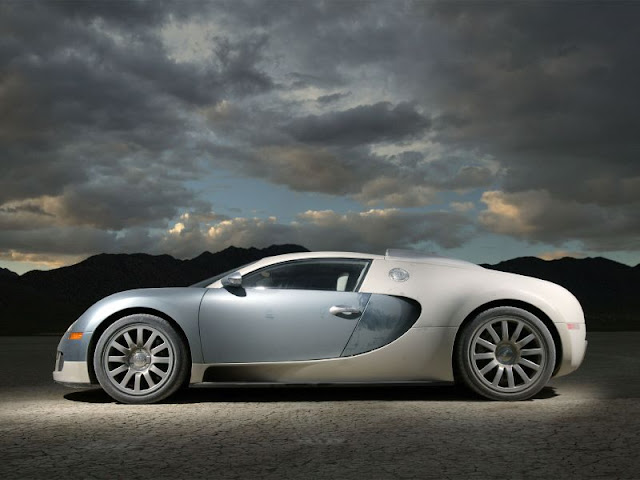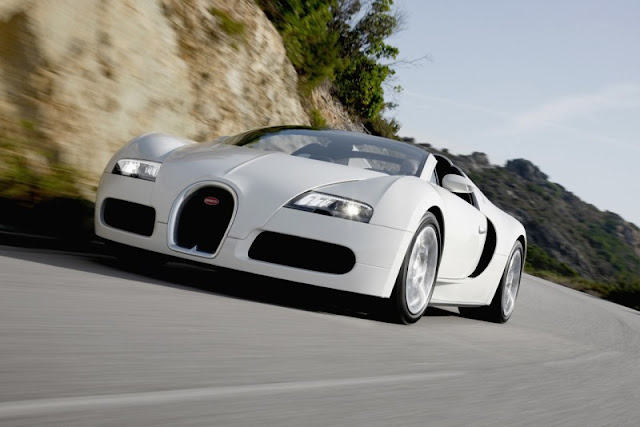If you ever wanted to shred the air (and pedestrians) in your wake, here is your chance.
Why attach propeller to a perfectly normal car? Because you can! Because you can rid the car of transmission, clutch and brakes. Because you can utilize air power and powerful aircraft engines, gain lots of traction and never have to worry about wheelspins or getting stuck in snow or mud.
Some of these cars are even today seen running at the shows (with onlookers keeping a respectable distance). Most models feature sluggish low-speed acceleration (0 to 40mph), great maximum speed (up to 170mph), bad fuel economy and a ridiculous noise from propellers. All this does not take away from awesomeness of owing one.
 (images via)
(images via)
In the early 1900s some rather crazy-looking armored vehicles were used by the military; here is a “Sizaire-Berwick Wind Wagon” from 1905 (and some nameless model under it)


Count Bertrand de Lesseps demonstrates his
Auto Aero in 1912:
 (photo: National Photo Museum, Beaulieu, via
(photo: National Photo Museum, Beaulieu, via
French engineer Marcel Leyat made plenty of
“Helica” propeller-powered cars between 1913 and 1926 (30 were built, two still exist today). Some models had an open, unprotected propeller, good for shredding everything that might stand in their way. Other models gained a wooden protective shroud, which made them sort-of road-worthy (at least in France)

 Photos via Anthony Smith and Claude Guéniffey)
Photos via Anthony Smith and Claude Guéniffey)
With the kind permission of Claude Guéniffey, here are some rare images of this fantastic contraption:
 Advertising and postcard images c.1926
Advertising and postcard images c.1926
Some Helicas were built for speed, and one version even achieved a speed record on Montlhéry racetrack in 1927 – 170km/h.

 Sport version, 1921 – photo by J. Borgé & N. Viasnoff – and 1924 version
Sport version, 1921 – photo by J. Borgé & N. Viasnoff – and 1924 version
A little baby Helica! (probably the cutest image I’ve seen all year) -

Some surviving Helicas look great among other vintage cars (even sports cars) and, in my opinion, are the quintessential steampunk transportation:
 The great-condition 1922 Helica (owner: Jean-François Bouzanquet) can be actually driven in Paris
The great-condition 1922 Helica (owner: Jean-François Bouzanquet) can be actually driven in Paris
See them running under their own power!

If all else fails, you could strip these propeller-driven cars of wheels and hang them from a monorail:
 (image credit: modernmechanix)
(image credit: modernmechanix)
Many Soviet snowmobiles during World War One and Two were powered by propellers.
Come the 1930s… and the revival of the Imperial Propeller-Mobile
There was something irresistible about the idea of streamlined propeller car for imperial-minded Germans. Here is a 1938
Maybach Experimental, with 7-cylinder radial aircraft engine mounted on the back.
 (images by National Photo Museum, Beaulieu)
“Helicron”
(images by National Photo Museum, Beaulieu)
“Helicron” (1932) – an interesting example discovered in France not long ago hidden in a barn. it was completely restored, the original horizontally opposed two cylinder four stroke engine replaced with a 4-cylinder, air cooled Citroen GS engine (the propeller coupled directly to the crankshaft). It’s deemed safe for French roads, and can reach a top speed of 75mph.

 (images top, left Matt Ewalt)
(images top, left Matt Ewalt)
This 1932 model was pretty ugly, but boasts a maximum speed of 80mph:
 (image credit: modernmechanix.com)
(image credit: modernmechanix.com)
————
Modern Ideas Keep the Propeller Car Alive
Dave Major and his “Aero Car” (more info) -

 (images by Harrod Blank, Blert.net)
(images by Harrod Blank, Blert.net)
Dave Major’s “Aerocar 2″ (or “Propellor Car”) – more great pics here.

 (images by Paul McRae and MaxAir2Air)
(images by Paul McRae and MaxAir2Air)
Propeller-driven Messerschmitt.
 (image credit: Mike Farrenkopf)
(image credit: Mike Farrenkopf)
Another cute one: “Taylor AeroCar III” (1965)
 (image credit: Aerofiles)
(image credit: Aerofiles)
The Argentinian
Aerocar (powered by a Chevrolet six-cylinder) was even considered for mass-production in California in 1955 (more info) The fully-exposed propeller would seriously decimate the amount of pedestrians (potential customers) in California, so these plans never got off the ground.
 (image credit: Modern Mechanix)
(image credit: Modern Mechanix)
Over in Russia, more than a hundred of the propeller-driven snowmobiles
Sever were made in the 1960s, based on the good old “Pobeda” car:
 (image credit: dotsfam)
(image credit: dotsfam)
German-made air-driven sledges helped in Arctic exploration:
 (image credit: The Alfred Wegener Institute)
(image credit: The Alfred Wegener Institute)
Other rarely-seen streamlined versions, including a bizarre “Road Zeppelin” from one Iowa designer:
 (images via)
(images via)
Or check out this air-car built in 1985 and recently put out for sale on eBay for $10,000 (more info) -
 (images via)
“Chimera”
(images via)
“Chimera” is an advanced tactical concept vehicle developed for special operations infiltration missions (more info) -
 (image credit: Altair Aerospace)
(image credit: Altair Aerospace)
————
Propeller Bikes & Trikes
Propeller Trike made by MIT student Damon Vander Lind. As do-it-yourself as they come, this contraption will bring you to the mall, and will fly clear over it, if you are not careful.
 (image credit: Popular Mechanics)
(image credit: Popular Mechanics)
Something more conventional, or more weird, depending on how you look at it – a propeller-driven bicycle, conceived in 1936:
 (image credit: ModernMechanix, via)
(image credit: ModernMechanix, via)
This thing will kill not only every pedestrian that would happen to pass by, but also every dog that jumps at it.
A similar idea powered Alessandro Anzani’s cycle, one of the first of its kind, in 1906:
 (image credit: Musée de l’ Air et de l’Espace de Paris-Le Bourget, via)
(image credit: Musée de l’ Air et de l’Espace de Paris-Le Bourget, via)
This one looks downright sinister:
 (image credit: Bob Hanson)
(image credit: Bob Hanson)
The idea lives on, however, even if only in the hands of homegrown inventors and tinkerers:

This hybrid thing was spotted in Huntsville, Alabama (and it does have propeller in the back, albeit a small one) -
 (image credit: Eric Atkins)
(image credit: Eric Atkins)
Finally, let’s get away from all this ugliness and dream a little – imagine how the perfect vintage air-car might look like (propeller, or no propeller).
Colin Smith at Photoshop Cafe presents this vision Blast off!











































